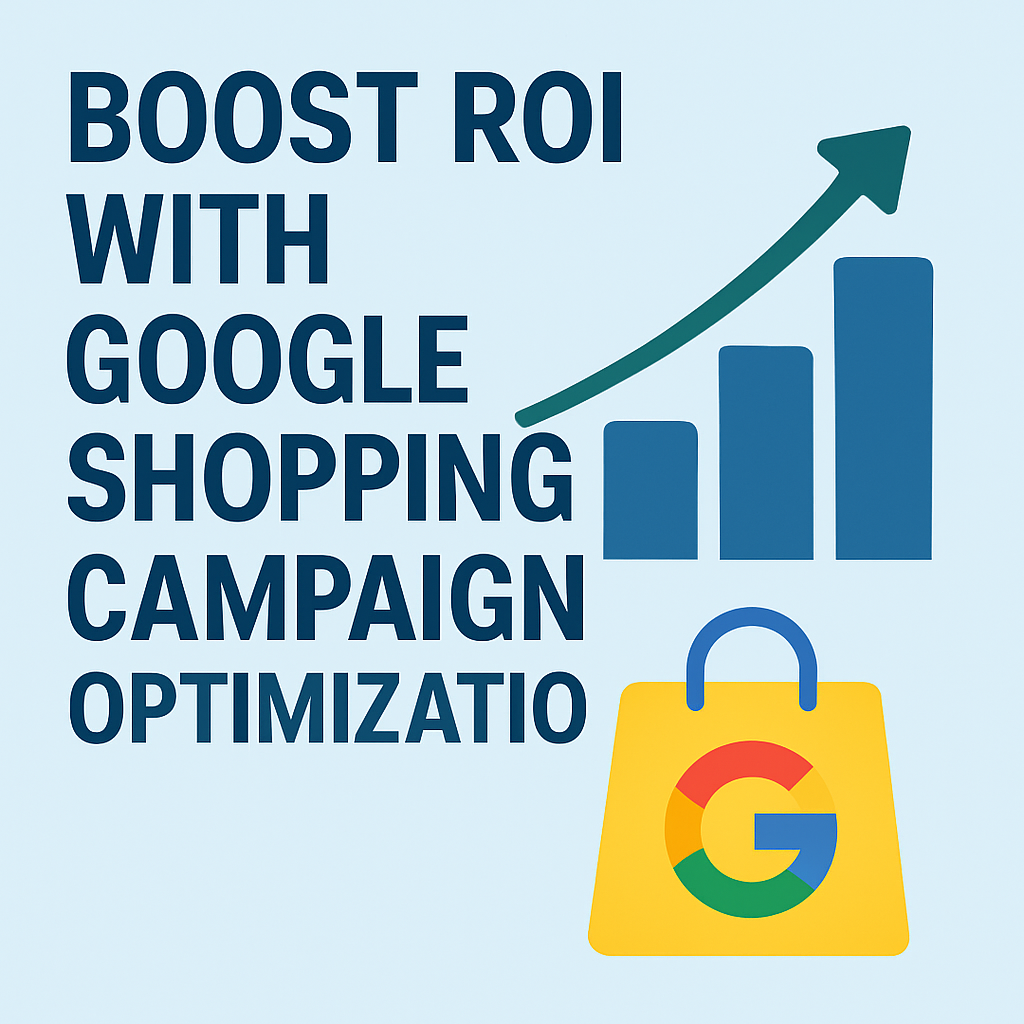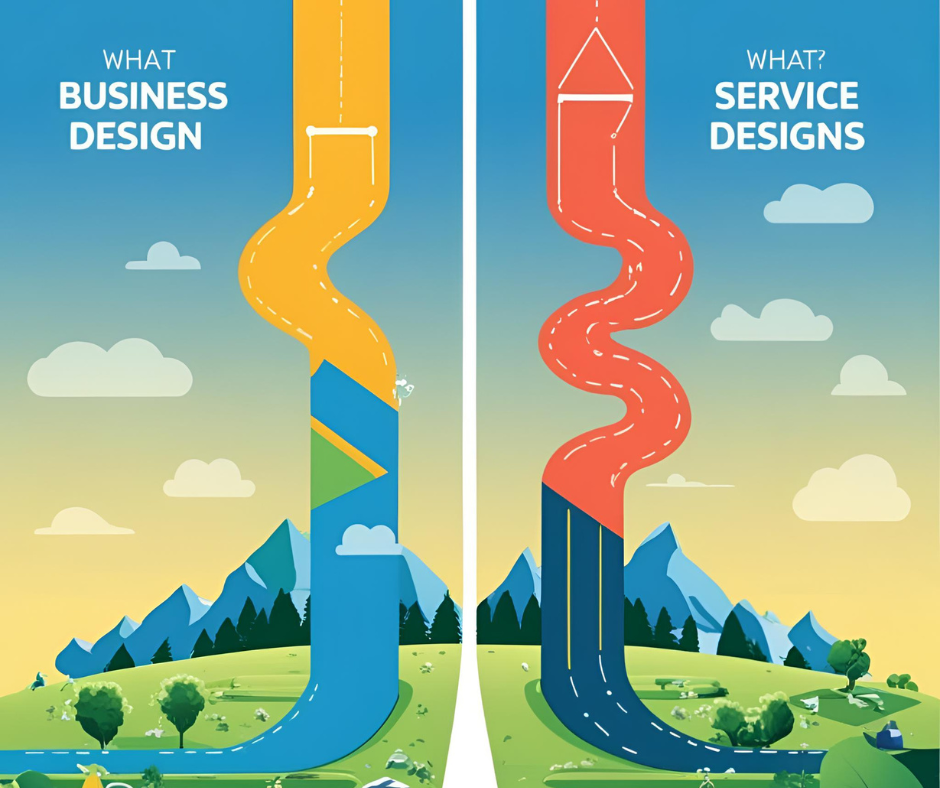12 Key components of digital strategy

Businesses are navigating an increasingly competitive online landscape. Without a well-crafted digital strategy, companies risk falling behind competitors and losing valuable opportunities. A robust digital strategy doesn’t just ensure online visibility; it shapes customer perceptions, drives meaningful engagement, and has a significant impact on overall business growth.
As a seasoned digital marketer, I’ve guided countless organizations through developing comprehensive digital strategies. This article highlights the 12 essential components you need to ensure your digital strategy thrives.
We’ll explore:
- Detailed explanations of each strategic component
- Practical examples to apply in real business contexts
- Actionable insights to effectively implement each strategy
Let’s delve into these critical elements.
#1 Targeting and Segmentation
Digital customers differ significantly from traditional customers in demographics, needs, and behaviors. Effective segmentation involves:
- Demographic Segmentation: Age, gender, location, income.
- Behavioral Segmentation: Purchase patterns, product usage, engagement.
- Value-based Segmentation: Lifetime customer value.
- Lifecycle Segmentation: Customer journey stages.
- Micro-targeting is a powerful advantage of digital marketing, allowing personalized content and messaging to distinct segments.
#2 Positioning
Your online positioning clearly defines how customers perceive your brand. To effectively position your business:
- Reinforce your core proposition.
- Clearly define your online value proposition.
- Establish clear messaging hierarchies for diverse audiences.
For example, a SaaS company may position itself differently for startups versus enterprise-level clients, creating targeted messaging to resonate with each segment.
#3 Proposition and the Marketing Mix
Adapt your traditional marketing mix (Product, Price, Place, Promotion, People, Processes, Physical Evidence, Partners) specifically for online success:
- Product: Offer unique products or additional online features.
- Price: Implement strategic pricing for online purchases.
- Place: Evaluate online distribution channels.
- Promotion: Leverage exclusive online promotions.
- People: Utilize digital customer service channels like live chat or FAQs.
- Processes: Integrate digital and physical processes seamlessly.
- Physical Evidence: Showcase online credibility with testimonials and awards.
- Partners: Develop strategic online partnerships for enhanced reach.
#4 Brand Strategy
Establishing online credibility is crucial. Focus on demonstrating trustworthiness through:
- Transparent communication.
- Consistent quality content.
- Active customer engagement and feedback responsiveness.
#5 Online Representation or Presence
Your “owned media,” including your website and social media, must align with strategic goals. Utilize tools like a digital marketing radar to prioritize and optimize your online presence effectively.
#6 Content and Engagement Strategy
Your content must:
- Capture initial interest.
- Support the buying process.
- Encourage customer engagement and retention.
Prioritize creating high-quality content types, including blogs, videos, user-generated content (reviews, comments), and community forums.
#7 Digital Channel Acquisition Communications Strategy
Strategically acquire online traffic through:
- Search engine marketing (SEO and PPC).
- Social media and online PR.
- Affiliate and partner marketing.
- Email marketing.
- Display advertising.
Example: A B2B company might leverage LinkedIn ads, targeted SEO, and webinars to attract relevant audiences effectively.
#8 Digital Channel Retention Communications Strategy
Enhance user experience to encourage repeated engagement and conversions. Focus on optimizing:
- Website architecture.
- Intuitive navigation.
- Personalized merchandising and messaging.
#9 Data Strategy
Establish clear goals for data collection and utilization:
- Determine the type, quality, and frequency of data collection.
- Leverage data for personalization and enhanced customer engagement.
#10 Integration Strategy
Efficiently integrate traditional and digital marketing efforts by mapping customer journeys across channels. This comprehensive approach ensures consistency and effectiveness throughout the customer experience.
#11 Social Media Marketing Strategy
Social media is vital for customer engagement, brand awareness, and lead generation. Develop a cohesive strategy to leverage platforms like LinkedIn, Facebook, Instagram, and Twitter, aligning your social efforts with broader business goals.
#12 Digital Marketing Governance Strategy
Effective governance manages digital marketing complexity within larger organizations. Establish clear structures for:
- Resource management.
- Internal and external team coordination.
- Continuous skill development and adaptation to digital advancements.
Real-Life Business Example: A medium-sized e-commerce business struggling with stagnant online sales implemented a comprehensive digital strategy incorporating targeted segmentation, robust content marketing, personalized email campaigns, and strategic social media advertising. Within six months, they experienced a 45% increase in online sales and significantly improved customer retention.
Conclusion: Building a Robust Digital Strategy
Incorporating these 12 essential components into your digital marketing strategy will enable your business to successfully navigate the complexities of today’s online marketplace. By strategically targeting, positioning, and engaging your audience online, you can achieve sustainable growth and competitive advantage.
Goal of the Article: Provide businesses with comprehensive knowledge of essential digital strategy components and practical insights to effectively implement and optimize their online marketing efforts.
Summary: A successful digital strategy includes precise targeting, clear positioning, optimized marketing mix, engaging content, robust channel strategies, and effective governance. Implement these 12 essential components to elevate your online marketing, engage your audience, and drive business growth.






